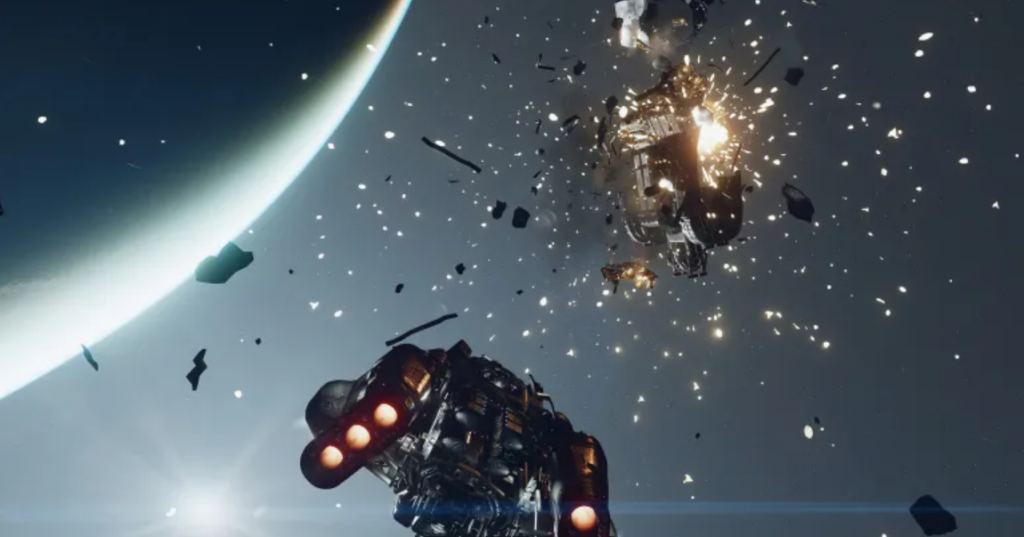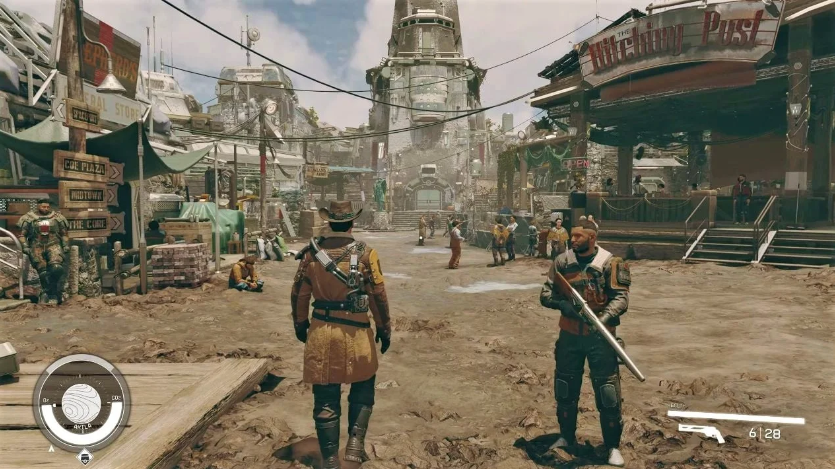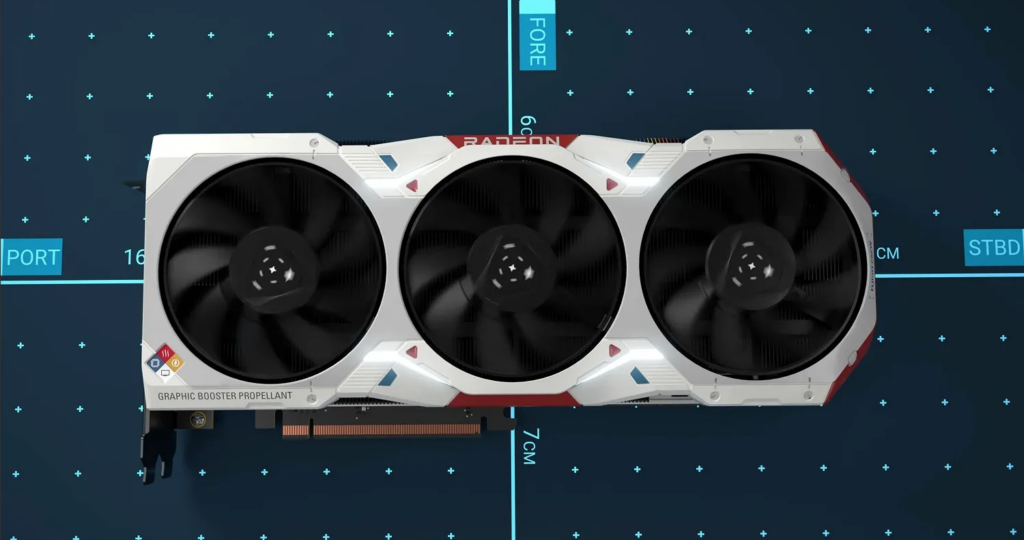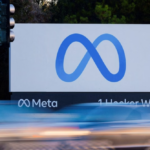Starfield, released in 2023, marks a refreshing change for PC gamers. It’s notably stable, relatively free of bugs, and optimized to run smoothly on various hardware configurations. However, the game’s high demands become evident as it heavily relies on AMD’s FidelityFX Super Resolution 2 (FSR 2) to enhance frame rates.
While fine-tuning my optimal settings for Starfield on PC, it became apparent that the game is tailored for FSR 2 utilization. While this isn’t necessarily a drawback, for a visually stunning and resource-intensive game like Starfield, overreliance on a single feature can force players, particularly those with less powerful hardware, to compromise between performance and image quality – a decision that shouldn’t be necessary in the case of Starfield.

The current situation as it stands.
About a month ago, AMD announced an “exclusive PC partnership” with Starfield, confirming FSR 2 support from the game’s launch. This choice is logical as FSR 2 works on consoles and PCs, offering substantial performance improvements for a game as ambitious as Starfield.
However, concerns emerged that this partnership might block Nvidia’s DLSS from the PC version. AMD clarified that it didn’t restrict DLSS, and Bethesda Game Studios can implement it if desired. While financial aspects are involved, AMD fully supports developers interested in using DLSS. Nevertheless, DLSS and Intel’s XeSS are absent, mainly because FSR 2 doesn’t match DLSS in image quality, though it performs well in some situations.

FSR 3 remains unseen
When AMD announced its exclusive PC partnership with Starfield, there was speculation that the game would debut alongside AMD’s FSR 3, a performance-boosting feature similar to DLSS 3, applicable to both PCs and consoles. However, FSR 3 is not supported in Starfield and may never be. AMD recently revealed that FSR 3 would be introduced in September via updates to Forspoken and Immortals of Aveum, but surprisingly, Starfield was absent from the list of supported games.
Considering the close marketing collaboration between AMD and Bethesda for Starfield, including the release of an exclusive Starfield graphics card, it’s surprising that neither party has mentioned FSR 3 coming to the game in the near future. While it’s still possible that FSR 3 might be added eventually, it doesn’t seem likely to happen anytime soon. The case for exclusively supporting FSR would have been stronger if Starfield had launched with FSR 3.

Instead of FSR 3, Starfield incorporates FSR 2, which is not a bad feature, but it falls noticeably short of DLSS in terms of image quality. Designing the game primarily around one upscaling feature restricts most PC players from fully maximizing their hardware capabilities.
The issue here is not the intention but rather the implementation. Given Starfield’s impressive visual quality and the resulting strain on hardware, it’s essential to offer PC players a variety of options to fine-tune their performance and image quality. Regrettably, Starfield missed the mark in this aspect.








